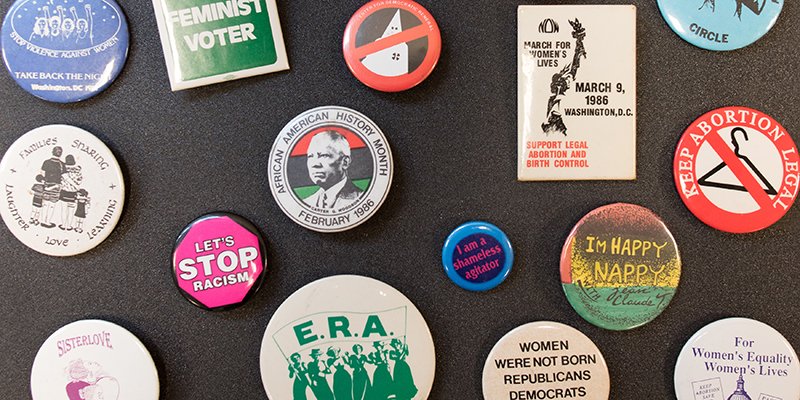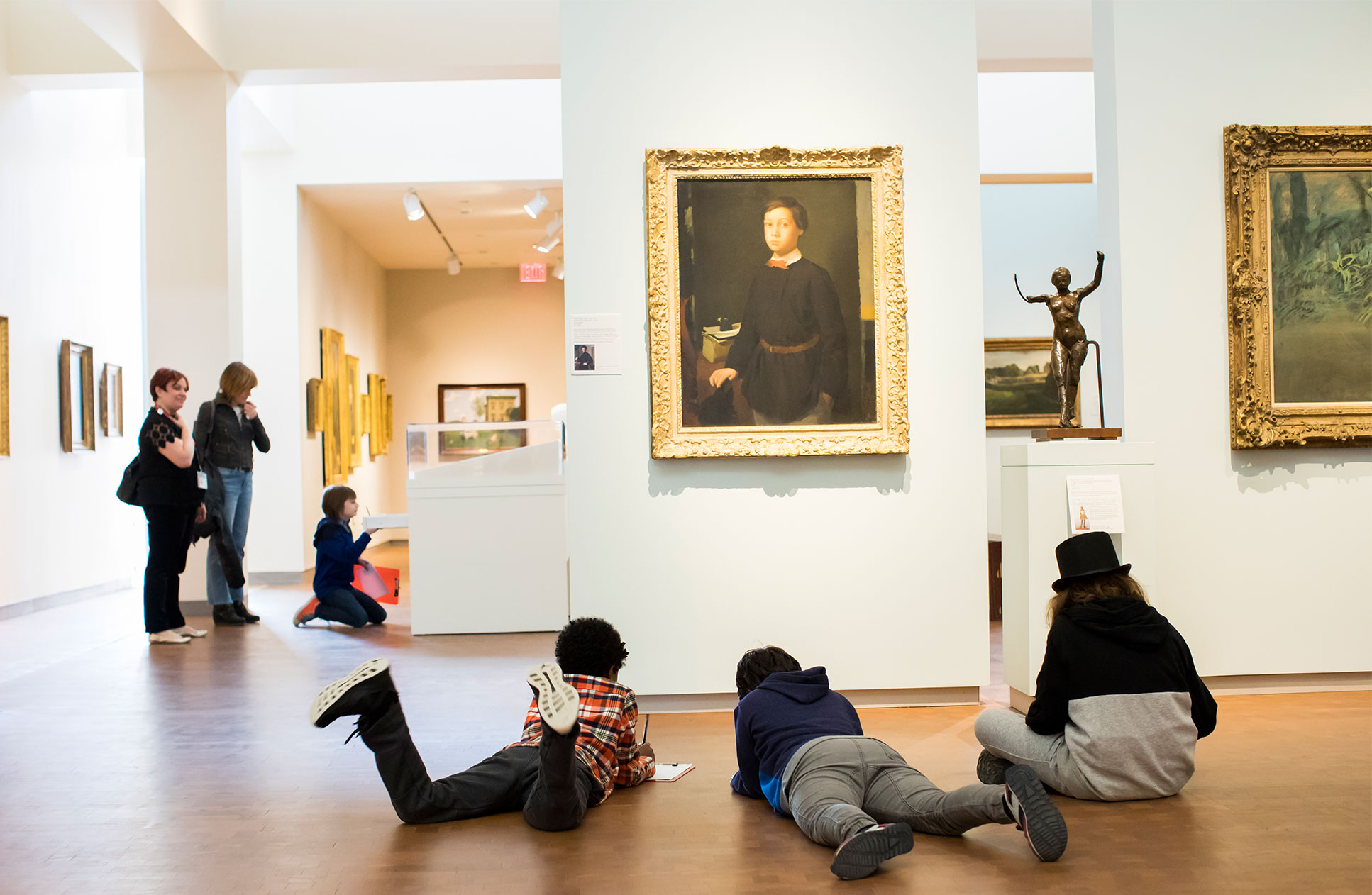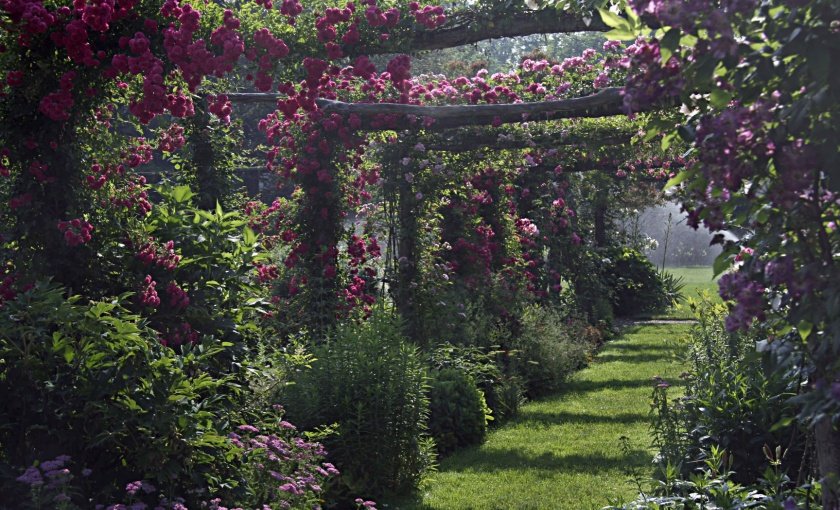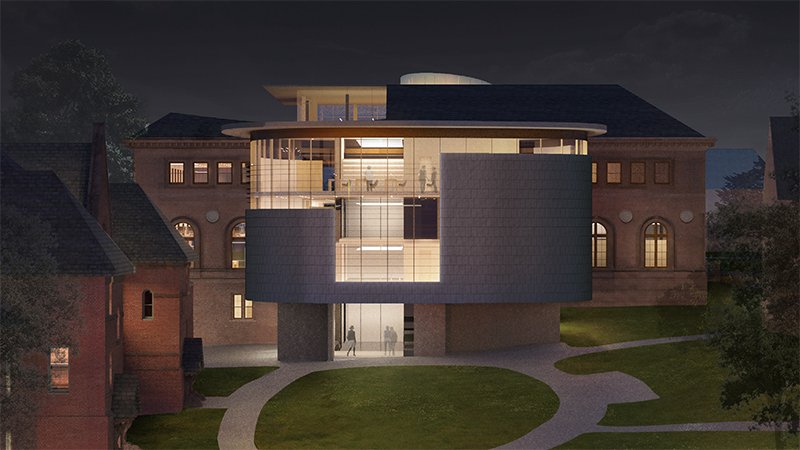Smith College is tackling cross-campus collaboration head on, and they’re rocking it.
September 28, 2020
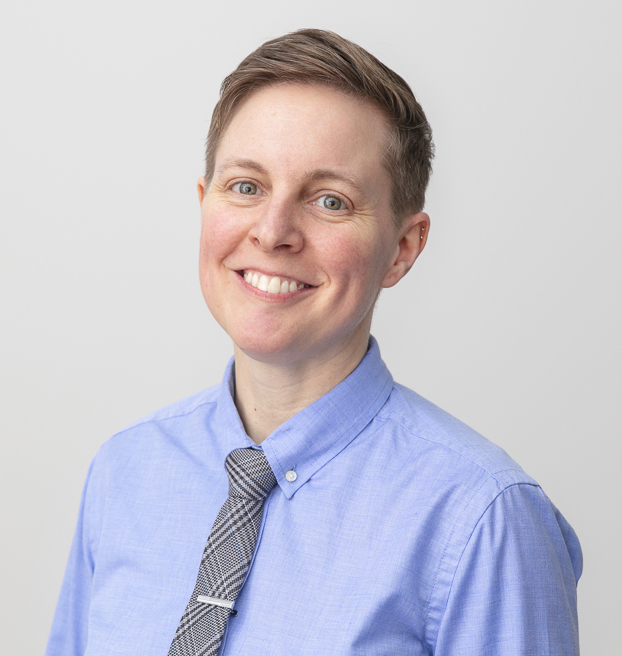
Kerri Willette, Senior Consultant at AVP, has been leading collaborative projects that support access, use, and preservation of unique materials and content in libraries, archives, and museums since 2001.
If you work at a college or university, you are no doubt familiar with the challenges of developing collaborative approaches to collection preservation and access, especially if your unique collections are held by various units across campus. Smith College is confronting these issues head-on, by creating a replicable model for robust and realistic cross-campus partnerships across units that manage and preserve cultural collections. Campus partners involved in this Mellon funded initiative at Smith include the Libraries, Special Collections, the Smith College Museum of Art, the Botanic Gardens, IT, and the Art Department Imaging Center.
Above: Buttons from the Sophia Smith Collection of Women’s History
At AVP, we had the pleasure of working with Smith during the initial planning phase of their Stronger Together project, and now again as they seek to build a collaborative governance structure and shared metadata model to support access and preservation efforts across collecting units. For me personally, this project has been hopeful and engaging. I believe the outcomes at Smith will be extremely informative for other campuses that hold and manage unique collections across campus units.
At the close of the planning phase of the project, I spoke with Project Manager, Adrienne Figus, to hear more about their work.
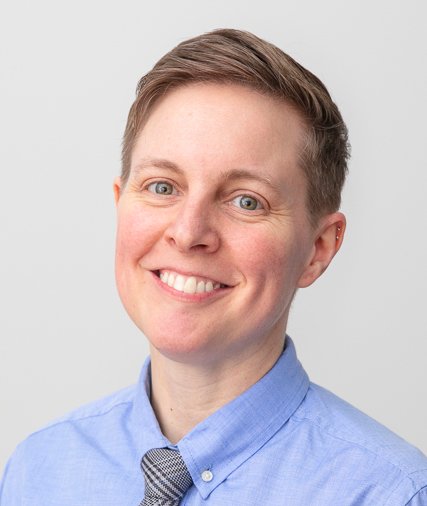 KW: Could you start by giving us a brief background about the planning project and your role in the process?
KW: Could you start by giving us a brief background about the planning project and your role in the process?
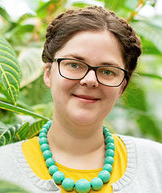 AF: Our initial project is a 18-month planning grant funded by the Andrew W. Mellon Foundation with the goal of identifying and planning collaborations around digital collections and digital scholarship between the various departments and groups here on campus at Smith. I handle the various project planning and communication tasks and take the lead on our internal discovery. We’ve been doing various types of data gathering, but especially focused on mapping the ecosystem for digital collections across all these different units.
AF: Our initial project is a 18-month planning grant funded by the Andrew W. Mellon Foundation with the goal of identifying and planning collaborations around digital collections and digital scholarship between the various departments and groups here on campus at Smith. I handle the various project planning and communication tasks and take the lead on our internal discovery. We’ve been doing various types of data gathering, but especially focused on mapping the ecosystem for digital collections across all these different units.
 KW: An issue that surfaced when we were at Smith was the delicate balance between the desire for collaboration and the need for autonomy across campus units. Smith’s goal is to identify where collaboration is possible, while also recognizing and maintaining the need for distinct approaches to things like data description, privacy, donor information management, and research support. Can you talk about how Smith has tackled respecting these unique needs, while still defining areas where sharing and collaboration are doable and sustainable?
KW: An issue that surfaced when we were at Smith was the delicate balance between the desire for collaboration and the need for autonomy across campus units. Smith’s goal is to identify where collaboration is possible, while also recognizing and maintaining the need for distinct approaches to things like data description, privacy, donor information management, and research support. Can you talk about how Smith has tackled respecting these unique needs, while still defining areas where sharing and collaboration are doable and sustainable?
 AF: One of the interesting elements of this project is that it didn’t come out of a specific use case or business need. It was more the recognition that we should collaborate to meet the needs of digital collections, and that there was this multiplicity of possible universes in which different units might collaborate.
AF: One of the interesting elements of this project is that it didn’t come out of a specific use case or business need. It was more the recognition that we should collaborate to meet the needs of digital collections, and that there was this multiplicity of possible universes in which different units might collaborate.
We took a really open and non-prescriptive attitude toward what constitutes a collection, and what constitutes technical work in a collection. Within the project team, we all sort of had our own ideas of what might come out at the end, but this was an exercise for us in trying to set aside those assumptions and just say, “okay, what is actually happening here? What are the practices that are currently in place? What are the big gaps?”
That process itself was very helpful for us. For example, in the Archives they are newly adopting ArchivesSpace for collection management and that’s working really well for them. It’s highly specific to them and there would be no reason to try to use ArchivesSpace for a museum collection, or botanic garden collection. But also, it would not be a great idea to ask the Archives to stop using this tool just so that they could collaborate. So, in that case, no. That is not a place that collaboration makes sense.
So, we peel those things off and say, “we’re respecting your separate areas in these places. We’re not touching your business practices here.” Then, we were able to winnow down to the things that it would actually help everyone to move out of siloes.
I think that’s helped with some of the understandable fears and frustrations that might come up if you say, from the top down, “we’re all getting into this one system.” Instead, we’re focusing on this thing that you DID tell us was a problem. Like, for example, digital preservation. Or, working with your metadata. That is where you need help, and that is where you’re actually going to be getting some help.
Above: Smith College Museum of Art
 KW: One of the challenges that we heard a lot about from the folks that work in the collecting units on your campus was the issue of researcher access. Often at Smith — as on so many campuses — someone who begins their research in, say, the Museum collections, may never realize without hands-on staff intervention, that Smith’s Special Collections also holds related information that won’t be surfaced by the museum’s systems. Can you talk about this issue and how Smith endeavours to improve access to materials that are related, but held in different collecting units?
KW: One of the challenges that we heard a lot about from the folks that work in the collecting units on your campus was the issue of researcher access. Often at Smith — as on so many campuses — someone who begins their research in, say, the Museum collections, may never realize without hands-on staff intervention, that Smith’s Special Collections also holds related information that won’t be surfaced by the museum’s systems. Can you talk about this issue and how Smith endeavours to improve access to materials that are related, but held in different collecting units?
 AF: As I said before, we all kind of came in with assumptions about what would come out of this collaboration. And, when I came in that was one of the things that I was envisioning. Of course! We want to have some sort of shared portal that if you’re looking at a particular topic you can find things from all the different collections related to that topic. Great!
AF: As I said before, we all kind of came in with assumptions about what would come out of this collaboration. And, when I came in that was one of the things that I was envisioning. Of course! We want to have some sort of shared portal that if you’re looking at a particular topic you can find things from all the different collections related to that topic. Great!
But, over the course of mapping our digital ecosystem, we found how much is missing as far as metadata practices and the hierarchical and institutional resource allocation questions that have to come into play to make something like that work. So, even though this is a very strong need, and it’s one of the shining stars that we’re moving toward, we discovered how much work we have to do before we can get to that.
Our planning project led to an understanding that the libraries’ discovery tools can be made to surface museum collection data, or botanic garden collection data. But they can only do that if the metadata is accessible in certain ways. And that was never actually a conversation that had been had in those terms before. The conversations are happening now because everybody wants to get this done. And, it’s that conversation, that shared understanding of what the possibilities are, and what it will take to get there, that makes things happen.
Above: Capen Garden at the Botanic Garden at Smith College
 KW: Something that really impressed us in our work with everyone at Smith (and I mean everyone!) was a shared and very strong sense of openness and willingness to examine, change, and collaborate, and to approach old processes in new ways. It was really lovely to see and experience. What do you attribute this openness to?
KW: Something that really impressed us in our work with everyone at Smith (and I mean everyone!) was a shared and very strong sense of openness and willingness to examine, change, and collaborate, and to approach old processes in new ways. It was really lovely to see and experience. What do you attribute this openness to?
 AF: That’s something that I’ve thought a lot about and I don’t know that I have a 100% answer, but I have my own opinions. Like you said, it is really remarkable the openness people have and the willingness to engage in respectful and optimistic conversations.
AF: That’s something that I’ve thought a lot about and I don’t know that I have a 100% answer, but I have my own opinions. Like you said, it is really remarkable the openness people have and the willingness to engage in respectful and optimistic conversations.
I really think it comes down to a shared sense of mission and people generally feeling supported in their roles when they’re working in support of the mission. And that’s something that can’t be taken for granted. This is a place where staff in multiple departments will actually reference the college’s strategic plan in their department project meetings, and then have reasonable conversations about how what they’re doing relates to that. It doesn’t happen every day, but I’ve seen it multiple times here at Smith and I’ve basically never seen that anywhere else. The staff that I work with in these departments, the libraries, museum, ITS, everywhere else, they have this sense of pride and professionalism. That they are devoting their time and knowledge to make things better for students.
 KW: As you are wrapping up this initial planning phase, what are the biggest take-aways or lessons you’ve learned? How do you think other institutions could apply the lessons you’ve learned?
KW: As you are wrapping up this initial planning phase, what are the biggest take-aways or lessons you’ve learned? How do you think other institutions could apply the lessons you’ve learned?
 AF: Having had the benefit of a specifically carved out planning grant has been really amazing for us. Being able to take that time where the job is to figure out what we actually need has been invaluable. We could have jumped into something a year and a half ago and started building, say, a new joint access platform, and only later run into all of the underlying metadata and governance issues.
AF: Having had the benefit of a specifically carved out planning grant has been really amazing for us. Being able to take that time where the job is to figure out what we actually need has been invaluable. We could have jumped into something a year and a half ago and started building, say, a new joint access platform, and only later run into all of the underlying metadata and governance issues.
Because we were able to take this time in a relatively low cost way, a mostly grant funded way, we were able to have a much better picture of exactly what’s happening.
Our planning grant led us to the guiding principles for our implementation plan which are building up the necessary culture and governance structures around collection data and digital collection experience to support lasting collaboration.
So, I would say that for other institutions, put your effort into really understanding what’s currently going on and what you need, and build a clear, shared vision of what you’re trying to do before you start doing things.
 KW: What do you hope for or anticipate as next steps in moving Smith toward a more collaborative, cross-unit approach to collection management and access?
KW: What do you hope for or anticipate as next steps in moving Smith toward a more collaborative, cross-unit approach to collection management and access?
 AF: I’m hoping we will take the feeling of collaboration and conversation and actually start putting that into practice. So far, it’s been a very positive process, and it’s been great, but it’s all been more or less hypothetical.
AF: I’m hoping we will take the feeling of collaboration and conversation and actually start putting that into practice. So far, it’s been a very positive process, and it’s been great, but it’s all been more or less hypothetical.
We’ve talked with AVP about doing a targeted project building a data governance structure that will unite these different collections, and the different technical units, and that is something I’m very excited about. Because whatever technical projects we end up doing later, we need this foundation to work. It can’t just be based on the grants, or the grant team, the way that the planning grant has been. It needs to become part of ongoing operations and practice.
Above: Architectural rendering of the New Neilson Library at Smith College
Many thanks to Adrienne Figus and to Smith College. AVP is excited to continue working with Smith on the implementation phase of their Stronger Together project. In the coming months we look forward to helping Smith College build a collections data governance structure and metadata model in support of long-term cross-collection collaborations.
